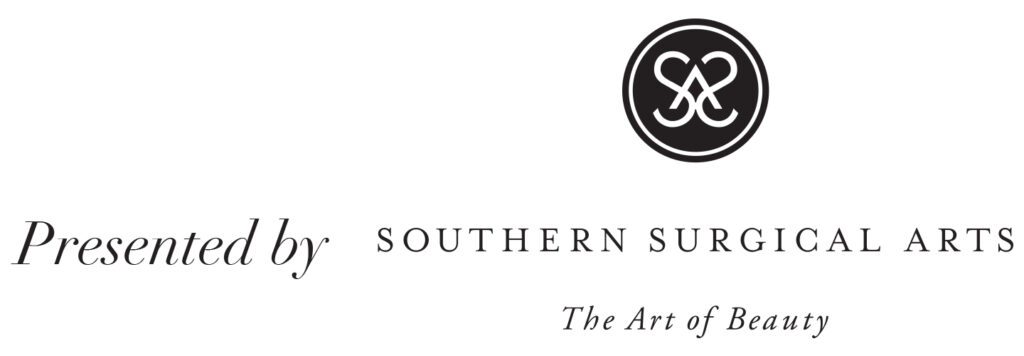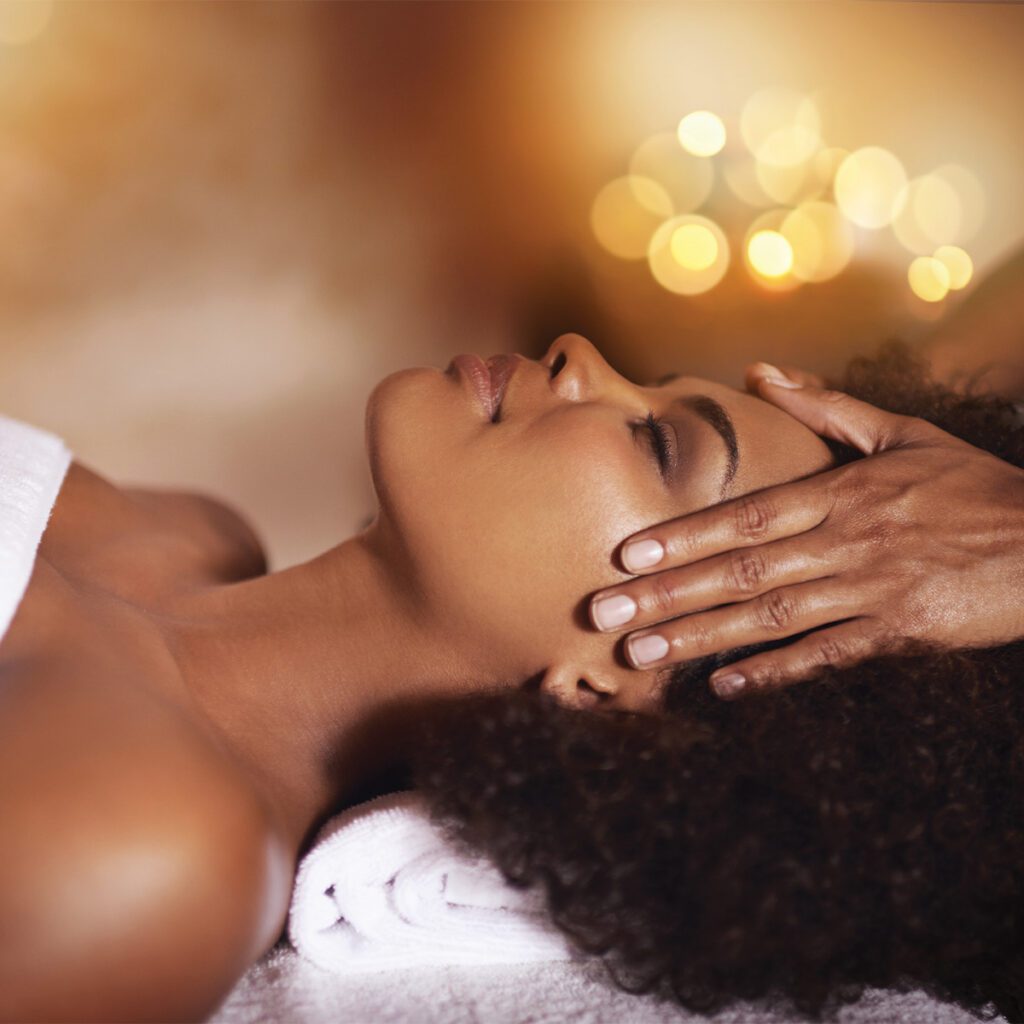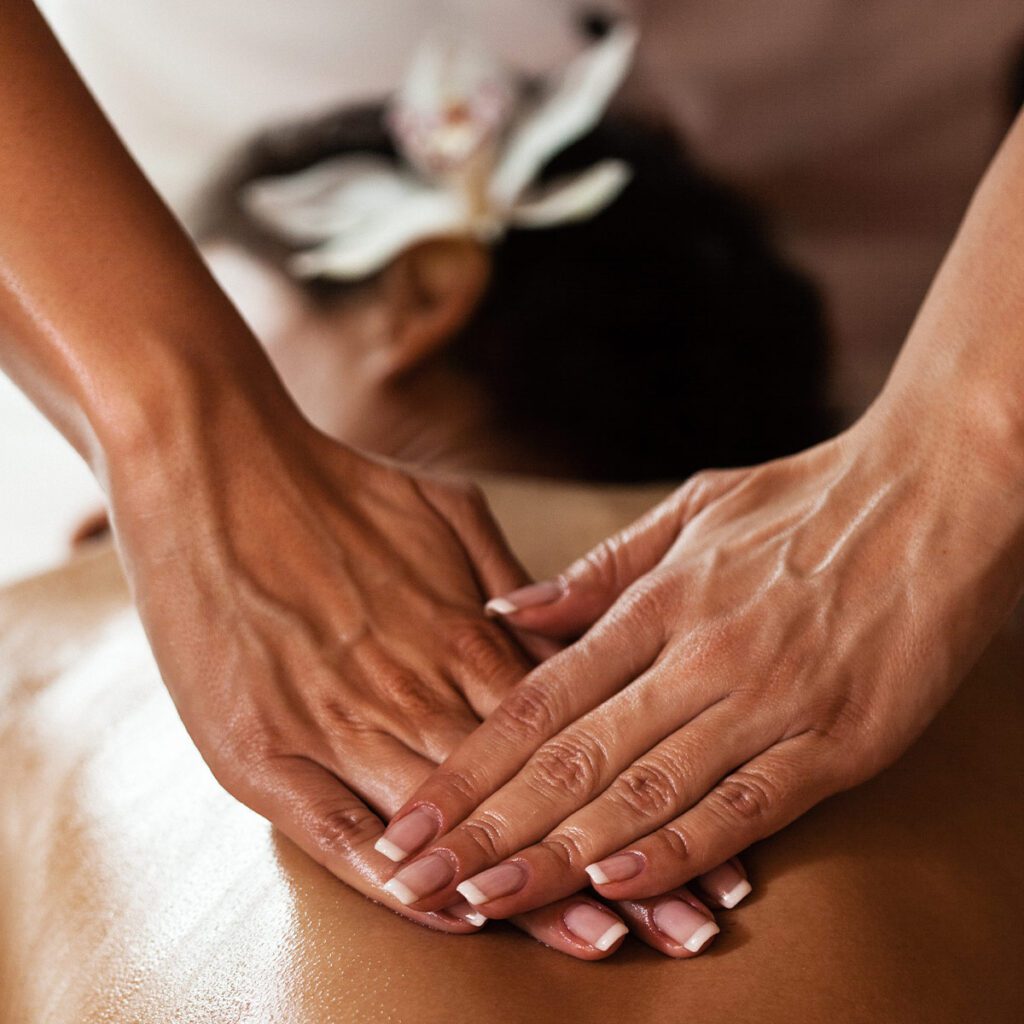Techniques, Benefits, and Tips
It’s no secret that getting a massage is a relaxation lover’s dream. But it’s not all about being pampered. A massage can have a positive impact on your health and well-being. Here, we decode the types of massages to target all your tense points and what you should know beforehand.
It’s common for massage therapists to use a variety of massage techniques to best address your health and wellness needs. According to the American Massage Therapy Association, there are four main types of massage therapy that can be done on their own or combined and customized. They include:


Swedish
A Swedish massage is a gentle form that uses long strokes, kneading, circular movements, vibration, and tapping on the skin, muscles, tendons, and ligaments.
Deep Tissue
A deep tissue massage uses slow, forceful strokes to target deep layers of muscles and connective tissues. This technique can help with muscle damage after injury.
Sports
A sports massage is used to help treat or prevent injury, and is targeted toward athletes and people who live active lifestyles. The technique is similar to the Swedish massage.



Chair
A seated chair massage is a fully-clothed option that stimulates muscles and reduces tension in the back, neck, and shoulders while improving circulation.
According to The Mayo Clinic, there are numerous benefits to getting a massage, such as stress, pain, and tension reduction. In addition to these benefits, getting a massage can help other potential issues, including:
- Anxiety
- Digestive Disorders
- Fibromyalgia
- Headaches
- Sports Injuries
- Temporomandibular Joint Pain
- Soft Tissue Strains or Injuries
- Insomnia Related to Stress
- Myofascial Pain Syndrome
Tips to Prepare
Hit the gym before, not after.
Working out pre-massage will prime your muscles. Don’t workout afterward as loose muscles are more prone to being strained. Plus, you’ll be relaxed and feeling zen after the massage – making a full-fledged workout less appealing.
Keep the lines of communication open.
If music or talking during a massage distracts you, let the therapist know! If he or she applies too much pressure or you become uncomfortable, feel free to speak up.
Drink plenty of water before and after.
Muscle tissue can become dehydrated during a massage, so drinking water afterward will help you rehydrate and build healthy muscle tissue.



Take a long, hot shower before a massage, if you can.
It’ll help you arrive relaxed and help your muscles become less tense, resulting in increased benefits from the massage.
Breathe! Don’t hold your breath when things get tense.
There might be points in your massage when spots feel tender, but remember to breathe deeply to keep oxygen flowing to your blood and to help aid tense muscles.

